Gardening. We love it, but it can be hard to fit into our busy lives. Work commitments, homes, family...there’s just a lot to keep up with.
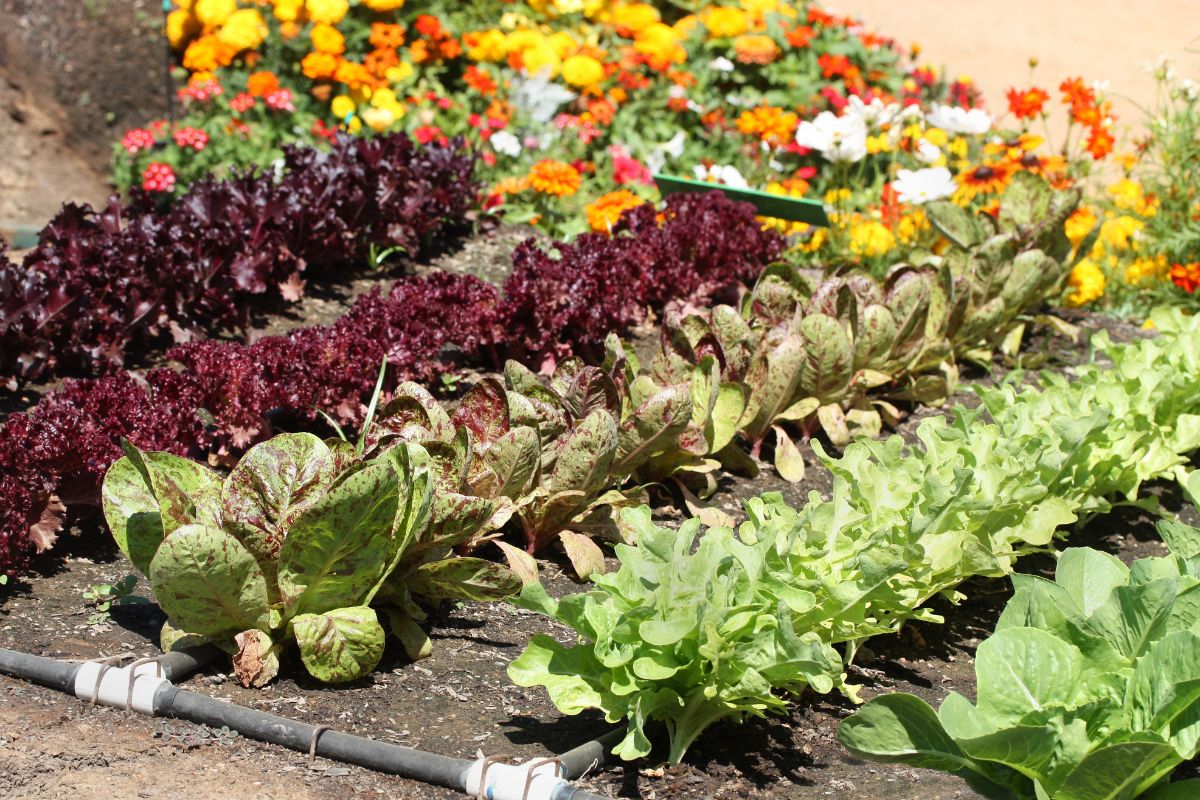
There is room for gardening, too, but sometimes we need to take some measures to help make it fit a little better.
These top tips can help you do just that.
Jump to:
- 12 Ways to Fit Gardening into Your Busy Life
- 1. Include Some Raised Beds
- 2. Make a Weeding Plan
- 3. Take the Time to Lay Down Weed Barriers and Mulch
- 4. Cut out Vegetables You Don’t Really Eat
- 5. Buy, Don’t Grow, the Things You Don’t Use Much Of
- 6. Make Aisles Low Maintenance
- 7. Grow Up
- 8. Grow Dual- and Multi-Purpose Varieties
- 9. Grow in Succession
- 10. Plan Plantings to Stagger Harvests
- 11. Pick Continued Harvests from the Same Plant Instead of Replanting (when possible)
- 12. Ditch the Guilt and Know When your Work is Done
- Making Gardening Work for You
12 Ways to Fit Gardening into Your Busy Life
Sometimes the answer to making your garden more manageable is to physically change how you’re gardening. Other times, the answer is to reevaluate what you’re growing or when you’re growing it. Here are some things that can help:
1. Include Some Raised Beds
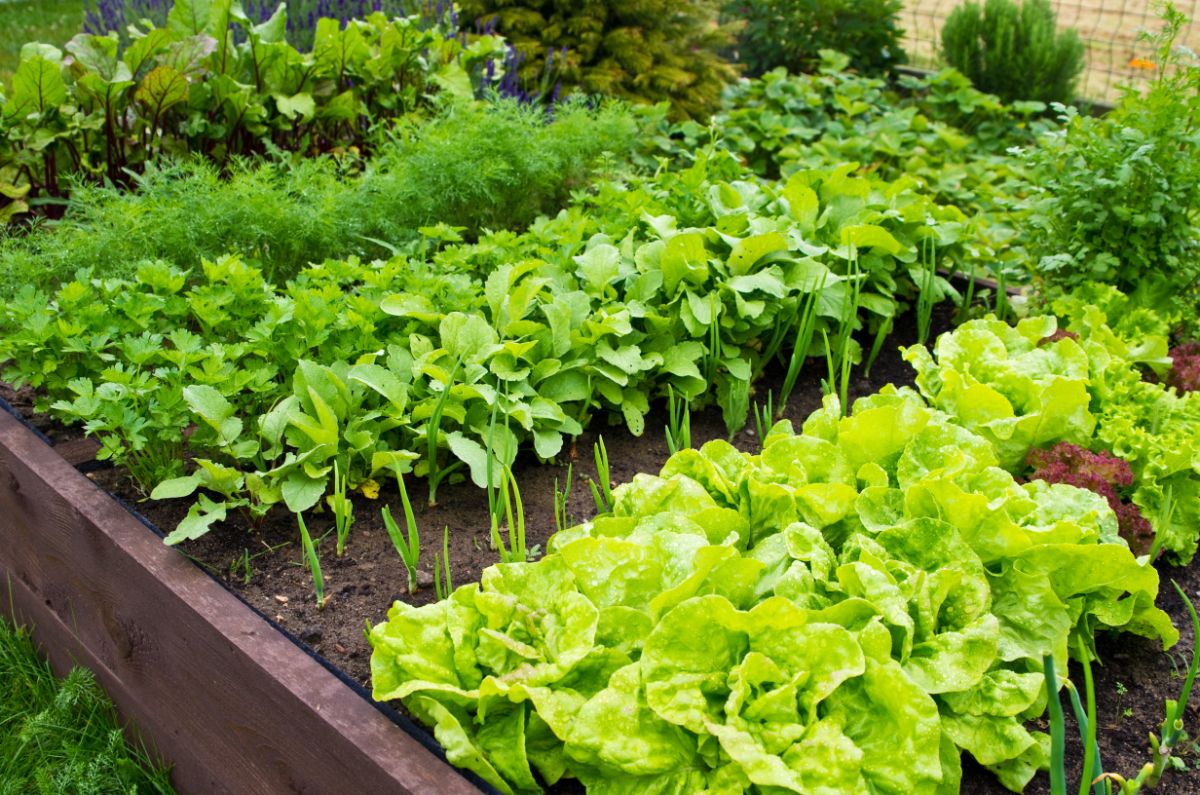
Raised beds tend to have fewer weed issues, especially those caused by creep. They also allow you to consolidate your growing into a smaller space and reduce the area you need to upkeep in rows and aisles. Less area to upkeep equals less time. Raised bed growing is easier on the body, too, which is an issue many gardeners face, especially as the years go by.
You may resist the idea of raised bed growing if you have good ground to garden in. Keep in mind you don’t have to do all your gardening in raised beds. You could use the beds for crops that are harder to weed and maintain, like carrots, beets, or lettuce, and grow the rest in the ground.
2. Make a Weeding Plan
Have a plan for weeding before you need to. Decide how much time you have to do it, what the best method or methods of weed control are for you, and when you’ll do it. Then stick to that plan. If your plan is to spend a half hour with a hula hoe four days a week to keep up, do that. If your plan is to use mulches and barriers, install them.
Weeding is much faster and easier if you stay ahead of it and don’t wait until weeds are too big or too out of control. Put it in your mind that that half hour in the garden is a nice way to spend your time and get some exercise. Decide it’s a chore worth doing, and you’ll do it.
You might also think about bartering some weeding and gardening chores with a friend or neighbor—weed for food!
3. Take the Time to Lay Down Weed Barriers and Mulch
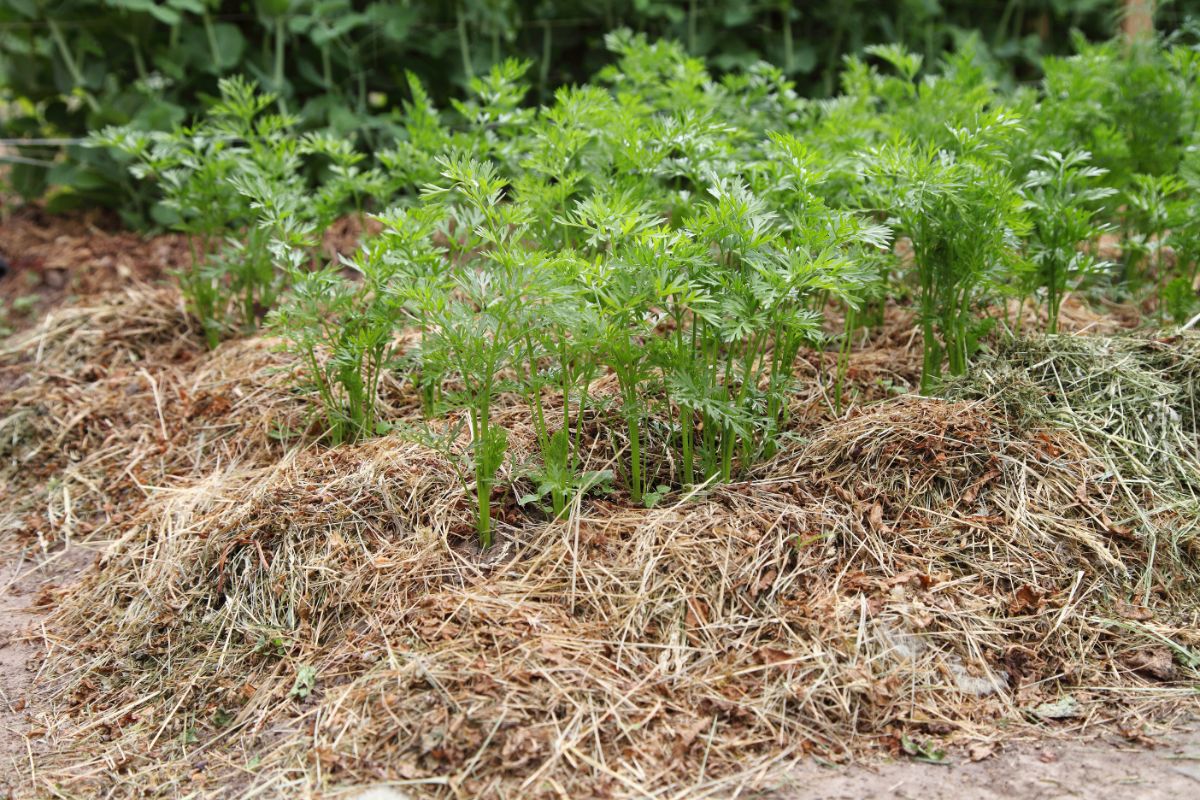
Weeding is one of the most time-consuming tasks in the garden. It can easily get in the way of other important garden tasks, too—like harvesting and using your vegetables (and if you don’t do that, what's the point?).
Mulches and weed barriers can really work wonders and can help you keep your garden almost weed-free. Landscape fabrics, cardboard, and paper are all good options, as are things like straw mulch or leaf litter mulches.
The key to making any of these things work is to make sure you install them early on. As in, when you plant. In a rush to get the garden in the ground in the spring, it’s easy to convince ourselves that we won’t need a weed barrier or mulch system, but when the summer sun and rains hit, and the weed world explodes, we quickly realize our mistake.
Consider the work and time that weeding takes over the course of the season. It’s not hard to see that a little extra time spent at planting time is worth it.
4. Cut out Vegetables You Don’t Really Eat
Let’s be honest. We all have things we intend to use but don’t. Just be honest about it. Stop growing them. There’s no use growing things just for them to go to waste—along with the time and money you put into them.
As with several other tips on this list, this one is about how much you need to upkeep. The more you grow, the more plants and space you have to plant, work, and weed. Reduce your workload by reducing what you’re growing.
5. Buy, Don’t Grow, the Things You Don’t Use Much Of
If you’re only using certain vegetables a time or two in a season, stop growing them. Do yourself and a local farmer a favor and buy that at your local farmers’ market instead. In the end, it is cheaper to buy something you don’t use much of than to put the money, time, and resources into that crop. And, you’ll have less to have to upkeep, maintain, weed, and harvest.
6. Make Aisles Low Maintenance

Walkways and aisles between rows are the biggest amount of space that you need to maintain. Weeding aisles where nothing is growing can take more time than weeding the crops themselves.
Before you plant your garden for the year, decide how you want to maintain the aisles in between. If you are happy to go through a few days a week with something like a hoe or stirrup hoe, then plan for that (but stick to it). In that case, you want to plant your rows as close together as is reasonable so that the aisles are narrower and there’s less to keep up with.
Other options for aisles include mulching with something you can walk on—like thick straw or sawdust, or planting clover, or letting the grass grow and keeping it mowed (just be aware that creep into the rows can become an issue).
Mowing aisles works best if you are using a weed barrier or planting in raised beds where creep can be better controlled. Keep in mind that if you plan to mow your aisles, you need to space things accordingly so that the mower will fit, even when plants are large.
7. Grow Up
Growing “up” on trellises, teepees, and fences reduces the ground area you need for growing. A smaller ground footprint is less to weed and worry about. Using trellises for things that can climb or be tied gives you that smaller footprint to maintain.
Many common garden vegetables can be grown on a support. Tomatoes, squash, pumpkins, melons, cucumbers, peas, beans, and Malabar spinach are all good examples.
8. Grow Dual- and Multi-Purpose Varieties
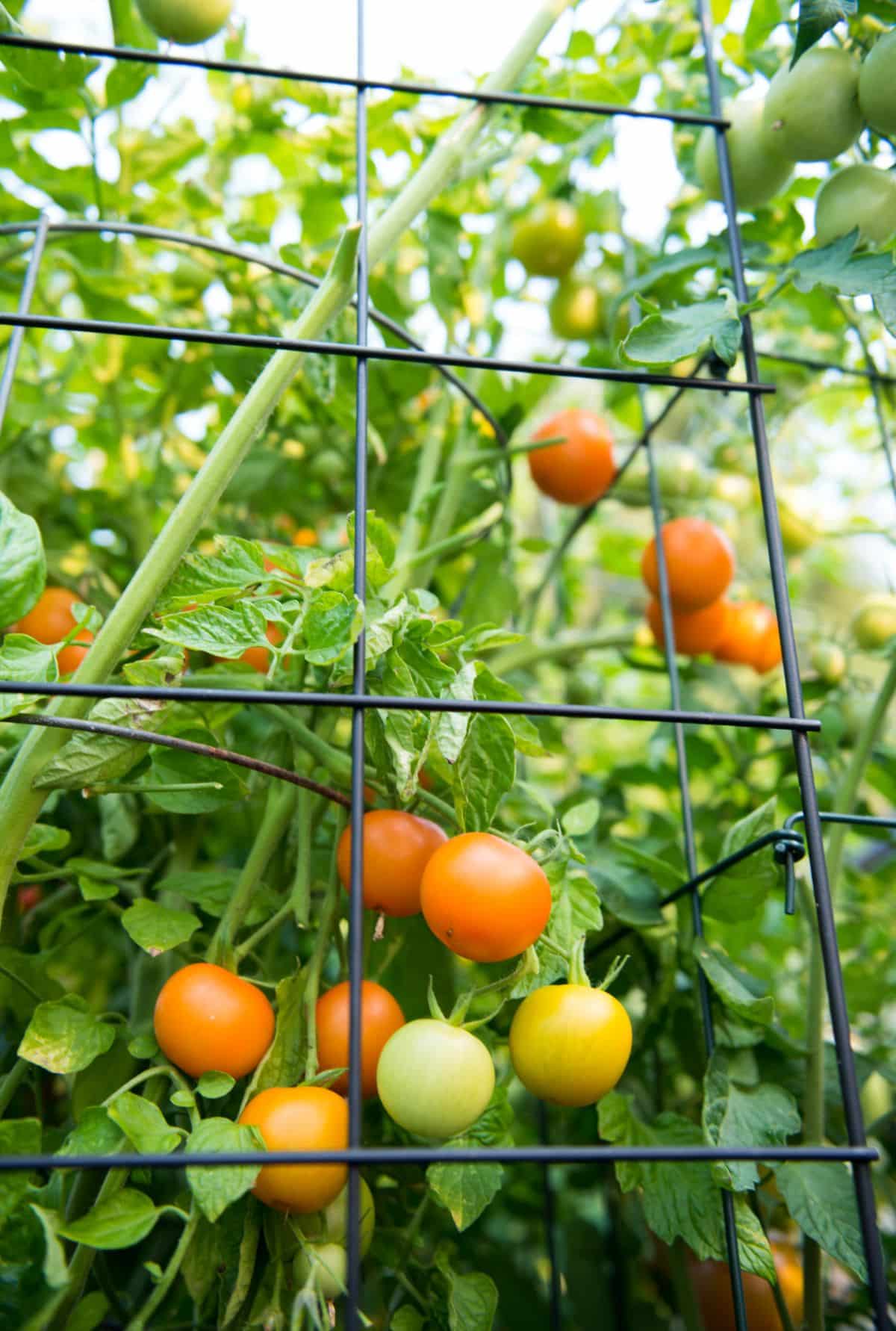
You can get more out of fewer plants if you plant varieties that can be used for more than one purpose. Tomatoes are the perfect example of this. Instead of growing a paste variety, a saucing variety, and a slicing variety, grow one tomato that can fit all those uses. This way, you can grow fewer plants, which means fewer plants to manage and less space to weed and maintain.
Check out this article for the 5 Best All-Purpose Tomatoes.
9. Grow in Succession
Instead of growing huge rows or beds of a single type of vegetable, grow in smaller areas and plant only the amount you’ll really use for each harvest period.
For example, you don’t need a whole row of lettuce because you can only eat so much lettuce before it goes bad. You’d be better off planting a small section or short row, then planting another batch for succession harvesting in a couple of weeks, and so on. Smaller footprint, less to keep, less waste.
You can do this with harvests throughout the season and with spring and fall harvests of short-day crops.
10. Plan Plantings to Stagger Harvests
Don’t feel like everything has to get in the ground on the same day or week. By spacing out your planting and comparing the days to harvest for different types of vegetables, you can make sure that you are not overwhelmed with picking, harvesting, and preserving all at once.
For example, wait another week to plant your green beans so that they don’t come in at the same time as your peas. If you’re canning or freezing, that gives you just one crop to deal with at a time.
You might combine this idea with succession planting plans. For example, you might plant a fall crop of carrots that is bigger than your spring crop. The first crop can be for fresh eating, and the second can be for preserving (which will also give them less time in storage). In the fall, it’s easier to store cold storage crops and easier to find the time because there is less garden maintenance in fall when weeds slow down.
11. Pick Continued Harvests from the Same Plant Instead of Replanting (when possible)
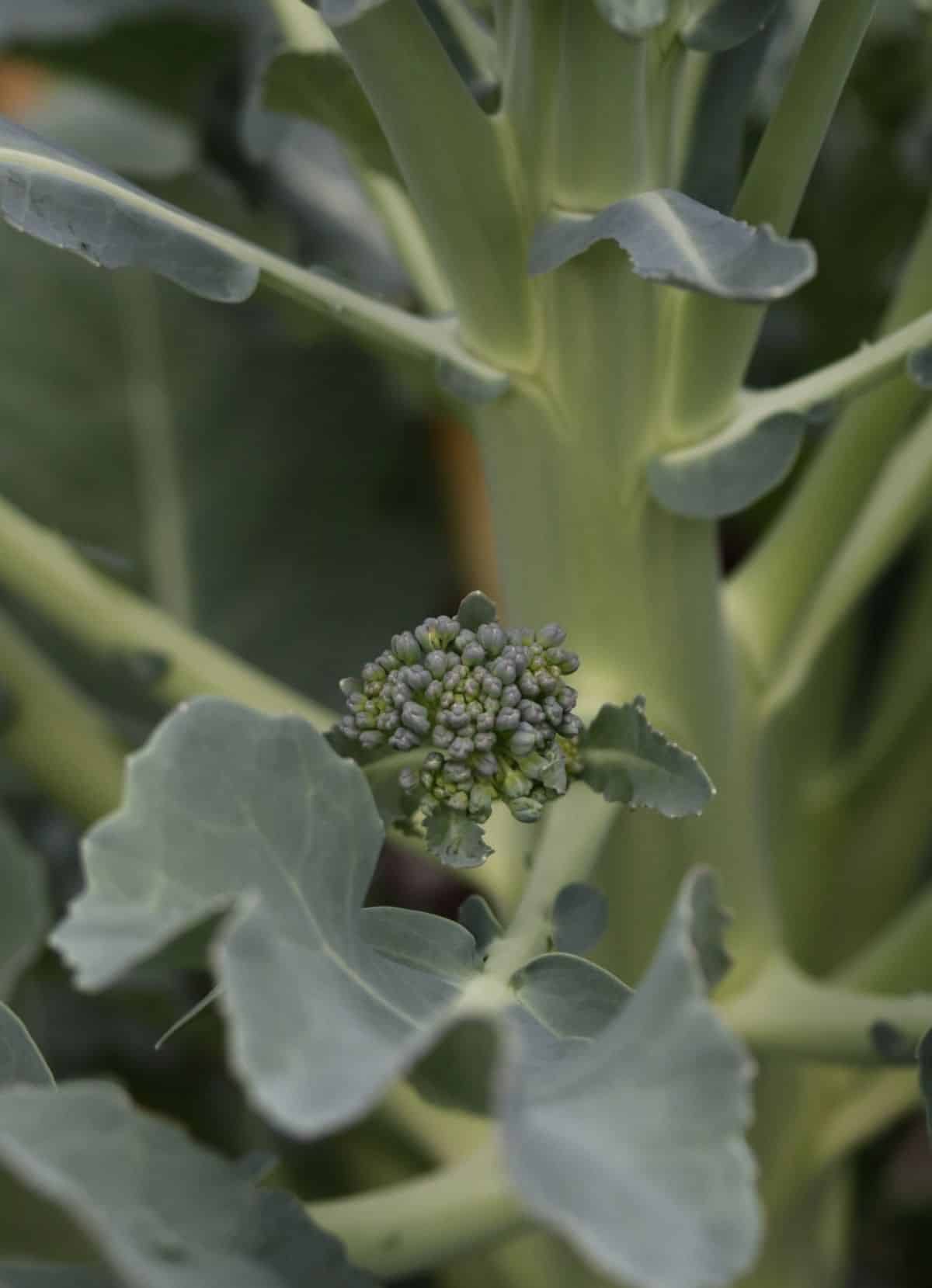
Some types of vegetables will need to be replanted if you want a second harvest, but some do not—even though people often do. There’s not a lot of sense in replanting a crop that can keep producing. It only makes more work for you and wastes more time waiting for the new crop to mature.
Broccoli is a good example of this. Many people think you must or should pull the plant after the first main head is harvested and then replant for a second round. In fact, broccoli will produce side shoots all season long and well into the fall (even after a frost) if you keep the shoots cut. The shoots are like little florets and can add up to a lot more broccoli. Still delicious and every bit as good without the added work.
12. Ditch the Guilt and Know When your Work is Done
It can be hard to pull a crop that is still producing. You feel guilty. You feel wasteful. But if you have gotten all you need from it, if you have eaten your fill and preserved all you need, it’s okay to cut down or pull that crop and be done with it.
There are no rules saying you must keep a plant growing until Old Man Frost takes his toll. That’s just putting time and work into something you don’t need and don’t want. And it is perfectly okay not to do that.
Making Gardening Work for You

Obviously, there is no one-size-fits-all answer when it comes to how to fit gardening chores into an already busy life. You might find that all these suggestions are helpful, or you might find that you only need a few to make your gardening life easier.
However you choose to make your garden more manageable, do what works for you. And don’t be afraid to change it up from year to year. Try some things out. Scrap what isn’t working. But by all means, enjoy your time in your garden—and enjoy your harvest and its rewards!

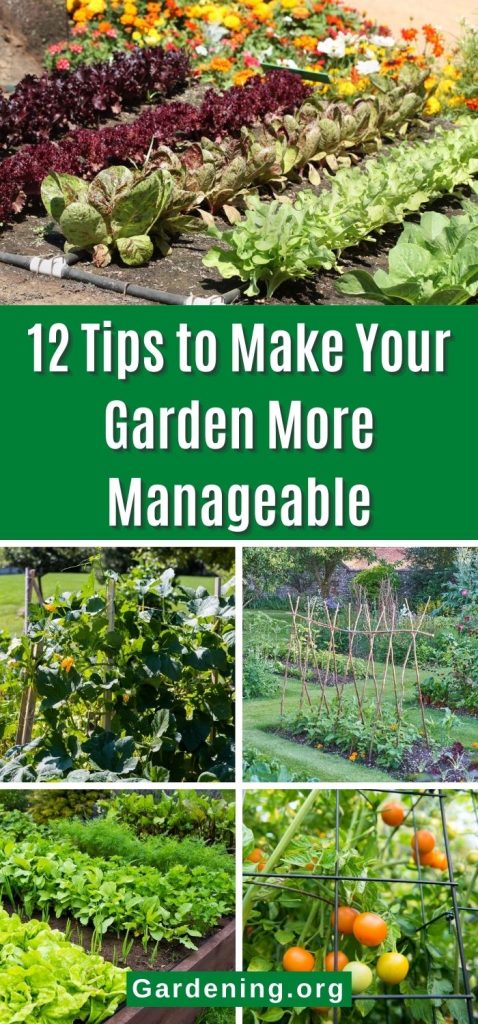
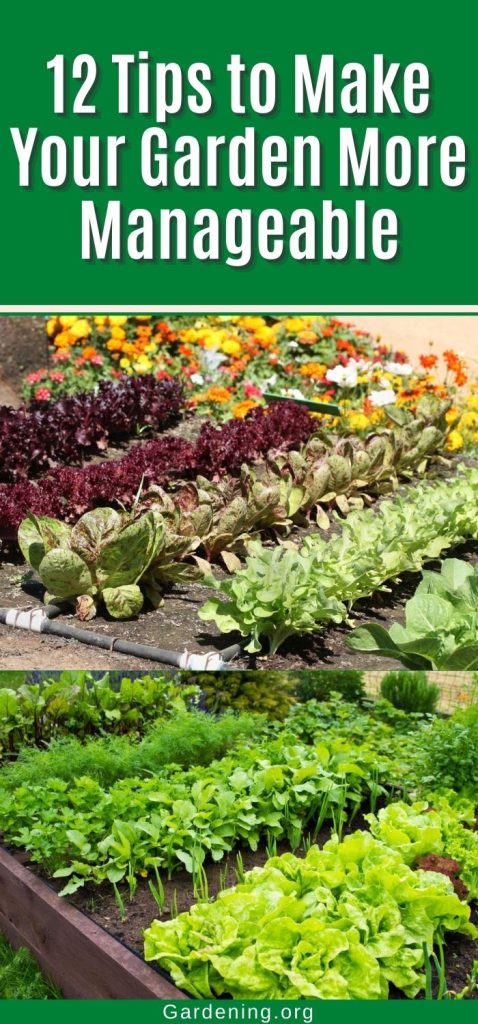
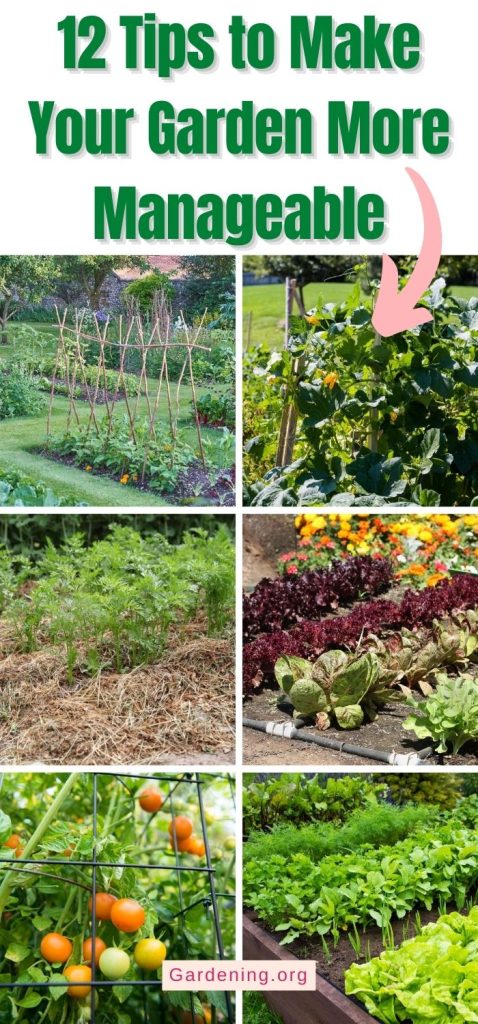
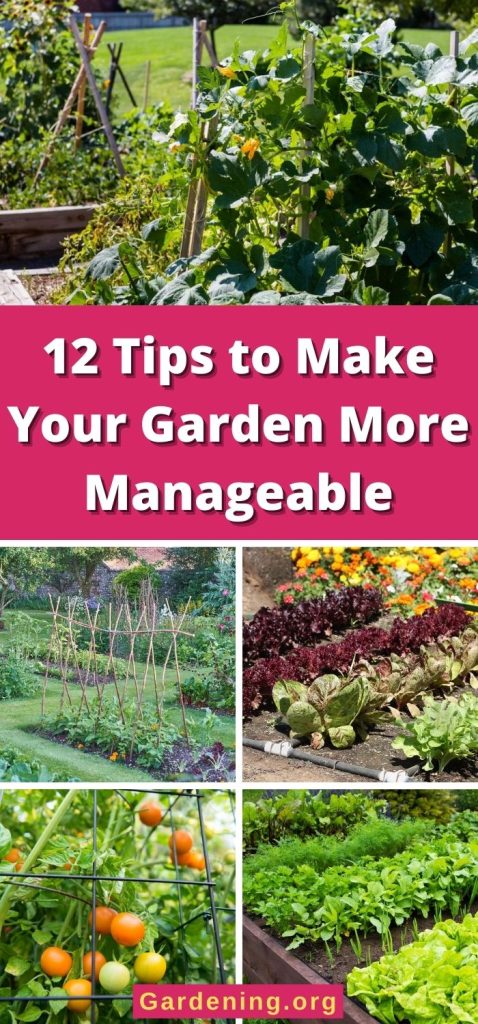
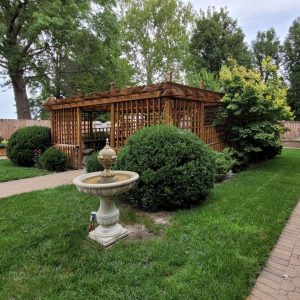
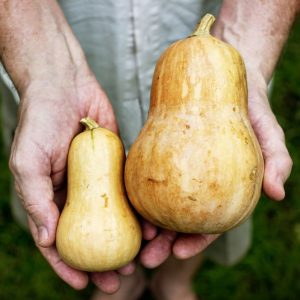
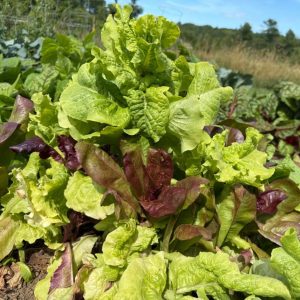
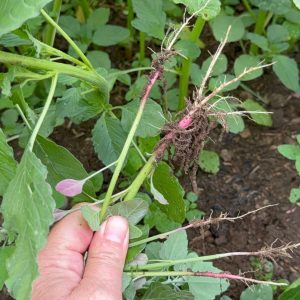
Crystal Yvette Lewis
Thank YOU